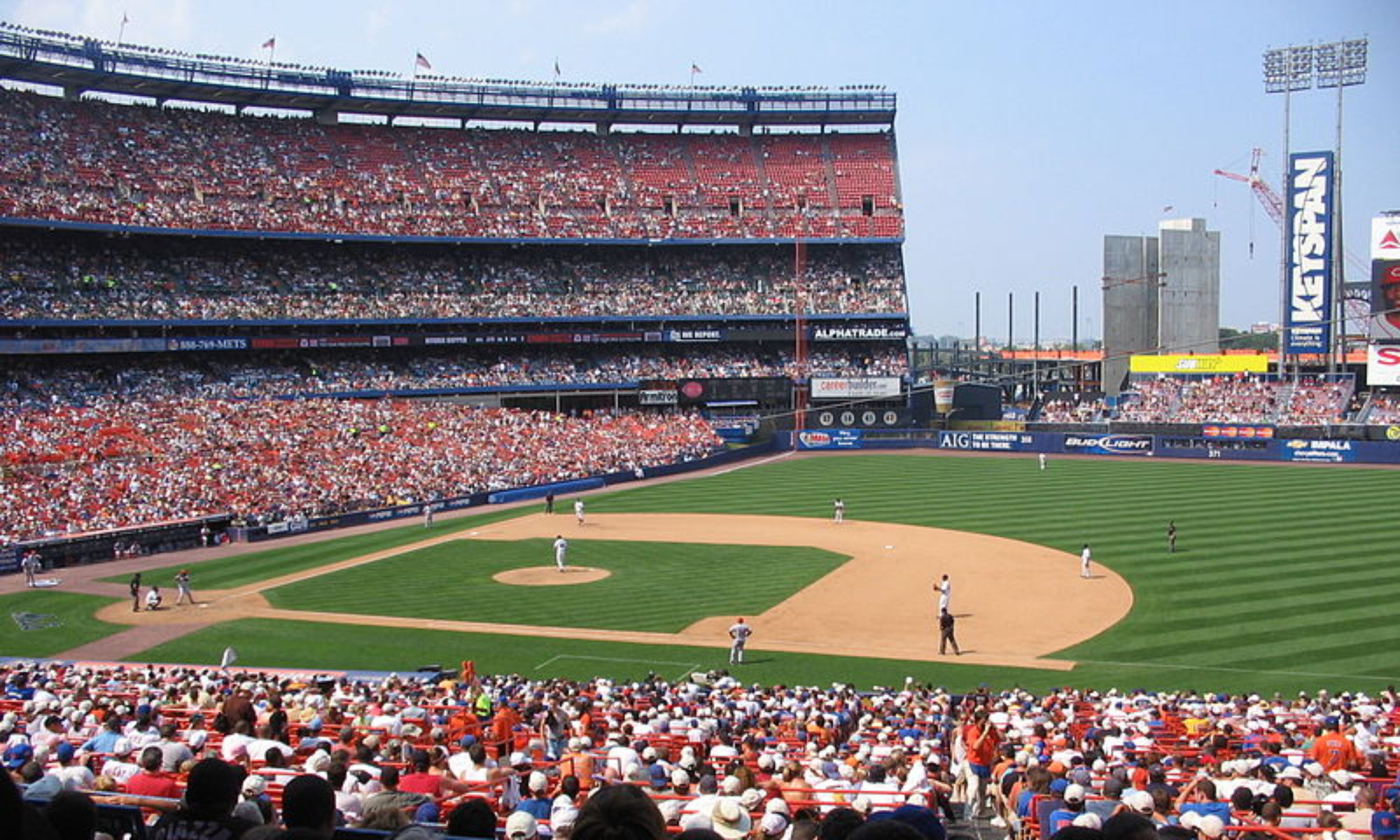This has been another painfully slow off-season. On one end, we have generational talents signing in Spring Training with only a couple clubs pursuing them. On the other, we have quality veterans reduced to non-roster invites and minor league deals. Meanwhile, baseball is making more money than ever. If this dynamic doesn’t change, we’ll be looking at a strike once the collective bargaining agreement expires in 2021.

So how do we stop it? I have a few ideas:
Reduce the Service Time for Free Agency
Service time manipulation has been a focus since the Cubs held back Bryant in 2015. Once a player has 6 years in the Bigs, he’s an FA the following season. Keep them in AAA for 2 weeks to start the season and you add another year of control. It’s a broken system, one that will keep talents like Guerrero, Jimenez, Tatis, and the Mets own Pete Alonso off opening day rosters.

My solution? Decrease the FA requirement by half a year. Currently, if you call a guy up in September or on opening day, you’re forfeiting that year of control. If you push the FA cutoff to the All Star Break, that’s no longer the case. Sure, some teams will wait until July to promote their top prospects, but that’s a much harder case to make to fans (or in a grievance hearing) when they’re tearing up AAA in May and you’re allegedly trying to compete.
Eliminate the Super 2 Rules
If a player is among the top 22% in service time for his rookie class, he gets to go to salary arbitration a year earlier. This cutoff — which is usually sometime in June — is known as Super 2. Arbitration means a significant pay bump, and for the deGroms and Arenados of the sport, the possibility of a $20M+ payday in a 4th arb year.

Much like they do for free agency, teams manipulate service time to hold a player past that Super 2 date. As fans we’re again expected to watch lesser teams compete as billionaires pinch relative pennies. The solution here is to eliminate Super 2 entirely. Combined with the previous change, team control would look like this:
- Sept+Year 1: Pre-Arb 1
- Year 2: Pre-Arb 2*
- Year 3: Arb 1
- Year 4: Arb 2
- Year 5: Arb 3
- Year 6: Arb 4
(*Year 2 players could also get automatic bonuses for All Star selections or being top 3 in voting for MVP, Cy Young, Silver Slugger, or Gold Glove.)
Raise the League Minimum
Faster free agency and more arb years is good, but the playroll floor needs raising. League min has increased only $75K the past 7 seasons and will level off at $555K for 2019-21. That’s a lot for the average person but effectively nothing in a sport that generates billions. It also suppresses FA wages, especially for veterans, when teams can instead play replacement level AAA+ guys for almost nothing.
The CBA always defined league min as a set dollar amount. Instead, it should be a percentage of the mean salary for the 125 highest paid players, same as the qualifying offer calculation. Let’s say you do 10% of the 2019 QO, which is $17.9M. A league min of $1.79M closes the gap between pre-arb and free agency — and increases the starting salaries in arbitration — while also barely putting a dent in overall payroll.

These are three, relatively simple changes that would go a long way to improving relations with players. They would also maintain the basic system of player control and free agency for teams without adding a significant financial burden. In my next blog, I’ll get into some needed structural changes around the qualifying offer, the luxury tax, and the issue of tanking.

